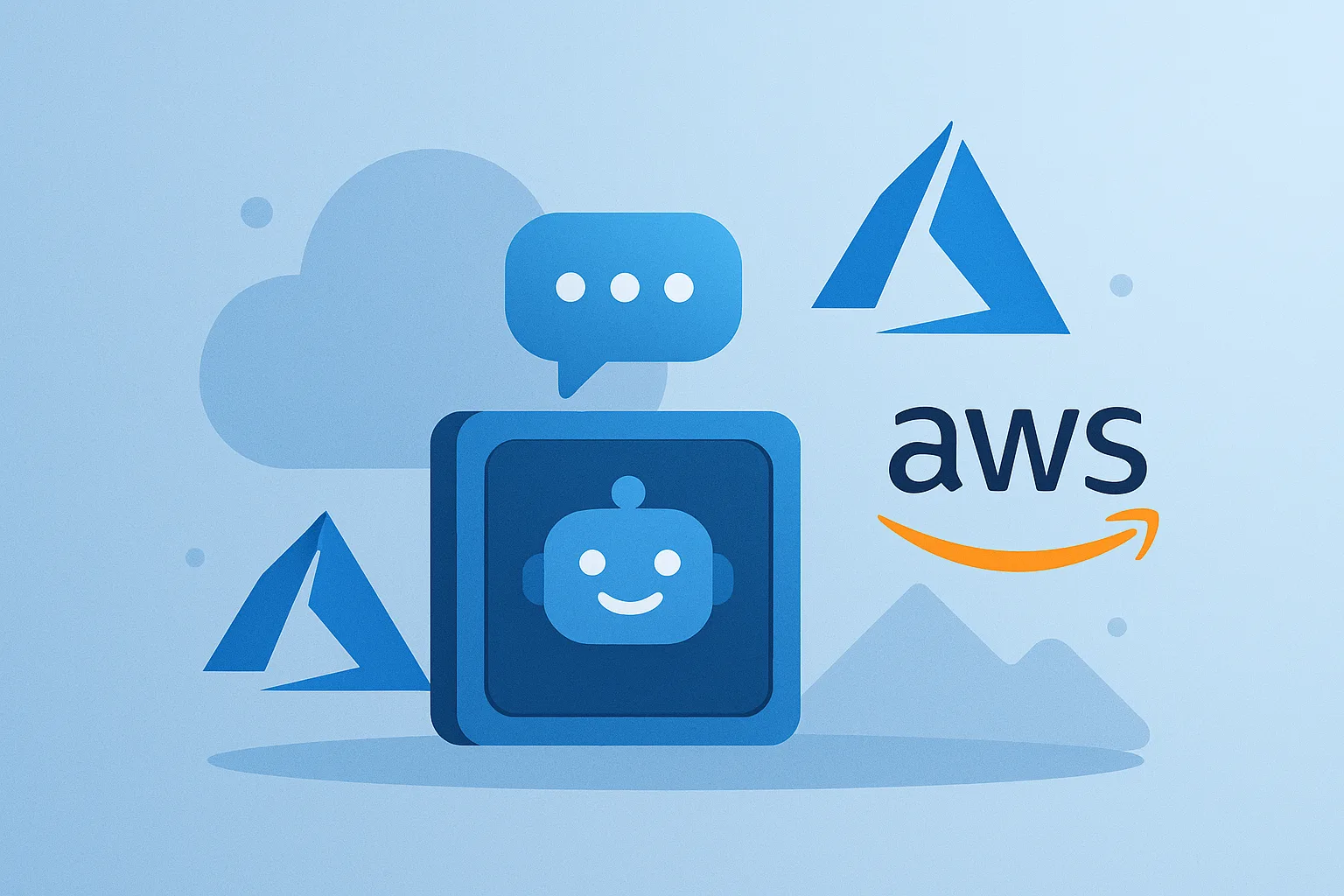Integrating ChatGPT into Microsoft Azure or Amazon Web Services (AWS) lets organizations scale AI-powered solutions within their trusted cloud ecosystems. But with that power comes the responsibility of enforcing best practices in security, networking, and access control.
Here’s how to securely integrate ChatGPT with Azure or AWS:
1. Secure API Keys in Environment Variables or Secret Managers
- Use AWS Secrets Manager or Azure Key Vault to store and rotate OpenAI API keys.
- Avoid hardcoding credentials in scripts, CI/CD pipelines, or configuration files.
2. Use Private Networking and VPCs
- For higher security, deploy within a private subnet using NAT gateways.
- Block public internet access from backend services calling OpenAI APIs.
- Use Private Link (Azure) or VPC Endpoints (AWS) where possible.
3. Implement IAM and Scoped Access
- Use managed identities (Azure) or IAM roles (AWS) for permission management.
- Apply least privilege principles when granting access to resources.
- Isolate GPT workloads per project or department.
4. Monitor and Log API Activity
- Set up CloudWatch (AWS) or Azure Monitor to track GPT API usage.
- Integrate logs with SIEM platforms for security auditing and anomaly detection.
- Use tags or labels for cost attribution.
5. Scale with Serverless or Containerized Workloads
- Use AWS Lambda or Azure Functions for event-driven GPT tasks.
- Alternatively, deploy using Fargate or Azure Container Apps for managed scaling.
6. Encrypt Data In-Transit and At-Rest
- Enforce HTTPS for all OpenAI API traffic.
- Encrypt local storage, logs, and cached responses.
- Ensure your GPT integrations do not persist sensitive data.
Final Thoughts
By combining OpenAI’s capabilities with the scalability of Azure and AWS, admins can unlock smart, secure, and compliant AI deployments. With proper access controls, networking, and monitoring in place, cloud-native GPT services become enterprise-ready.


